Connect with us today to learn more about our industrial automation solutions—and how to commission them for your application.
5 Amazing Facts About Motor Inverters You Should Know
In the rapidly evolving landscape of industrial automation, motor inverters play a pivotal role in enhancing the efficiency and performance of electric motors. According to a report by Markets and Markets, the global market for motor inverters is expected to reach USD 13.4 billion by 2025, growing at a CAGR of 5.2%. This impressive growth is driven by the increasing demand for energy-efficient technologies and the escalating need for precision control in various applications, from manufacturing to HVAC systems.
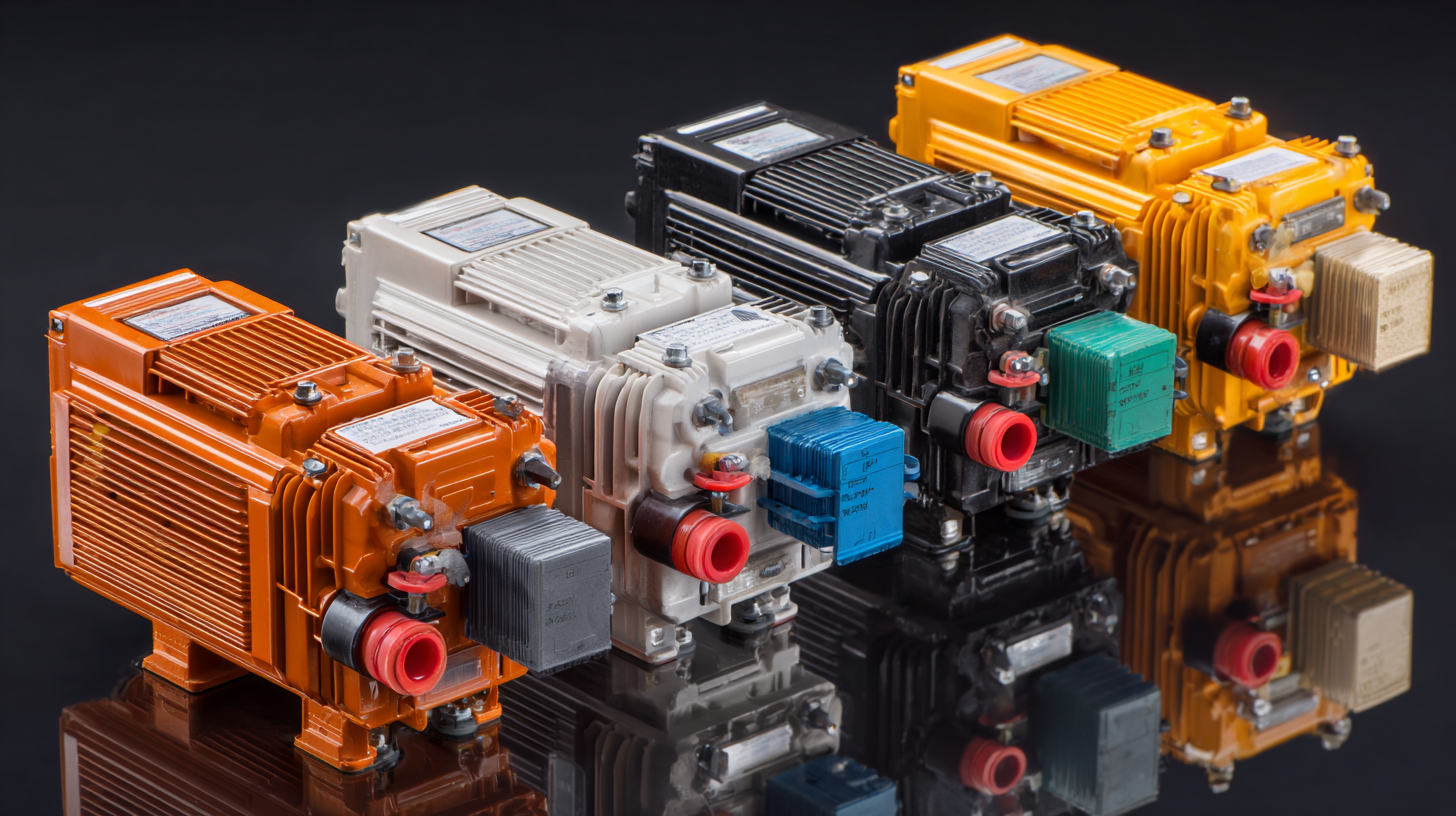
Motor inverters not only contribute to energy savings but also enable variable speed control, thereby extending the lifespan of motors and improving overall system reliability. Understanding the amazing facts about motor inverters can empower industries to leverage their full potential and stay ahead in a competitive market.
The Role of Motor Inverters in Energy Efficiency and Consumption Reduction
Motor inverters play a crucial role in enhancing energy efficiency and reducing consumption in various applications. By utilizing variable frequency drives (VFD), these inverters enable precise control over motor speed and torque, which significantly lowers power consumption. This technology not only reduces operational costs for industries but also contributes to a decrease in greenhouse gas emissions. As electrical motors account for more than half of the world's electricity usage, optimizing their performance through motor inverters is essential for sustainable energy management.
The global energy-efficient motor market reflects this shift towards enhanced efficiency, escalating from $48.25 billion in 2023 to an expected $84.72 billion in the coming years. The introduction of high-efficiency motors further complements this growth by offering products that are designed for longevity and energy savings. As industries increasingly adopt these technologies, the combined effect of advanced motors and inverters is set to revolutionize energy consumption patterns, driving both economic benefits and environmental responsibilities forward.
5 Amazing Facts About Motor Inverters
Motor inverters play a crucial role in enhancing energy efficiency and reducing consumption. The following bar chart depicts the energy savings associated with various applications of motor inverters in industrial settings.
Understanding the Key Components of Motor Inverters and Their Functions
Motor inverters play a crucial role in the operation of electric motors by controlling their speed and torque. The key components of a motor inverter include the rectifier, DC link, and inverter circuit. The rectifier converts alternating current (AC) from the power supply into direct current (DC), providing a steady voltage level that is essential for efficient motor control. The DC link serves as a storage medium, smoothing out the DC voltage to prevent fluctuations that could affect motor performance.
The inverter circuit then converts the DC back into AC with variable frequency and amplitude, allowing precise control over the motor's operational parameters. This flexibility not only enhances performance but also improves energy efficiency, making motor inverters integral to applications in various industries, from manufacturing to transportation. Understanding these components and their functions can significantly aid in optimizing motor performance and achieving better energy savings.
5 Amazing Facts About Motor Inverters You Should Know
| Fact | Description | Function |
|---|---|---|
| Energy Efficiency | Motor inverters can increase energy efficiency by adjusting the speed of the motor according to demand. | Variable Speed Control |
| Reduced Wear and Tear | By regulating the motor speed, inverters minimize mechanical stress, leading to less maintenance. | Smooth Start/Stop |
| Compact Design | Modern motor inverters are compact, making them easier to integrate into various applications. | Space-Saving Installation |
| Enhanced Control | Inverters provide advanced control options for motor functions, improving overall system performance. | Precision in Operation |
| Environmental Impact | By optimizing energy use, motor inverters can contribute to lower carbon emissions. | Sustainability Benefits |
How Motor Inverters Contribute to Improved Equipment Performance and Longevity
Motor inverters, also known as variable frequency drives (VFDs), play a crucial role in enhancing the performance and longevity of industrial equipment. By allowing precise control over motor speed and torque, these devices adapt energy consumption to actual operational demands. According to a report by the U.S. Department of Energy, implementing motor inverters can lead to energy savings of 20% to 50% in various applications, significantly reducing operational costs in manufacturing processes. This efficiency not only shrinks the energy footprint but also extends the lifespan of equipment, minimizing the frequency of maintenance and replacements.
Moreover, motor inverters improve equipment performance by providing smoother starts and stops, which helps reduce mechanical stress. The Institute of Electrical and Electronics Engineers (IEEE) notes that soft-start capabilities can decrease wear and tear on mechanical components, leading to less downtime and higher productivity. Furthermore, with advanced monitoring capabilities, inverters can predict potential failures before they occur by analyzing operational data. This proactive approach fosters an environment of reliability and efficiency, further highlighting the importance of integrating motor inverters into modern machinery for optimal performance and extended operational life.
Recent Innovations in Motor Inverter Technology and Their Market Impact
Recent advancements in motor inverter technology are reshaping the landscape of the industrial sector. One of the most notable innovations is the development of silicon carbide (SiC) inverters, which offer higher efficiency and improved thermal performance compared to traditional silicon-based inverters. According to a report by Allied Market Research, the global motor inverter market is projected to reach $23.8 billion by 2027, growing at a compound annual growth rate (CAGR) of 5.6%. This growth is largely driven by the increased adoption of electric vehicles (EVs) and the growing emphasis on energy-efficient solutions.
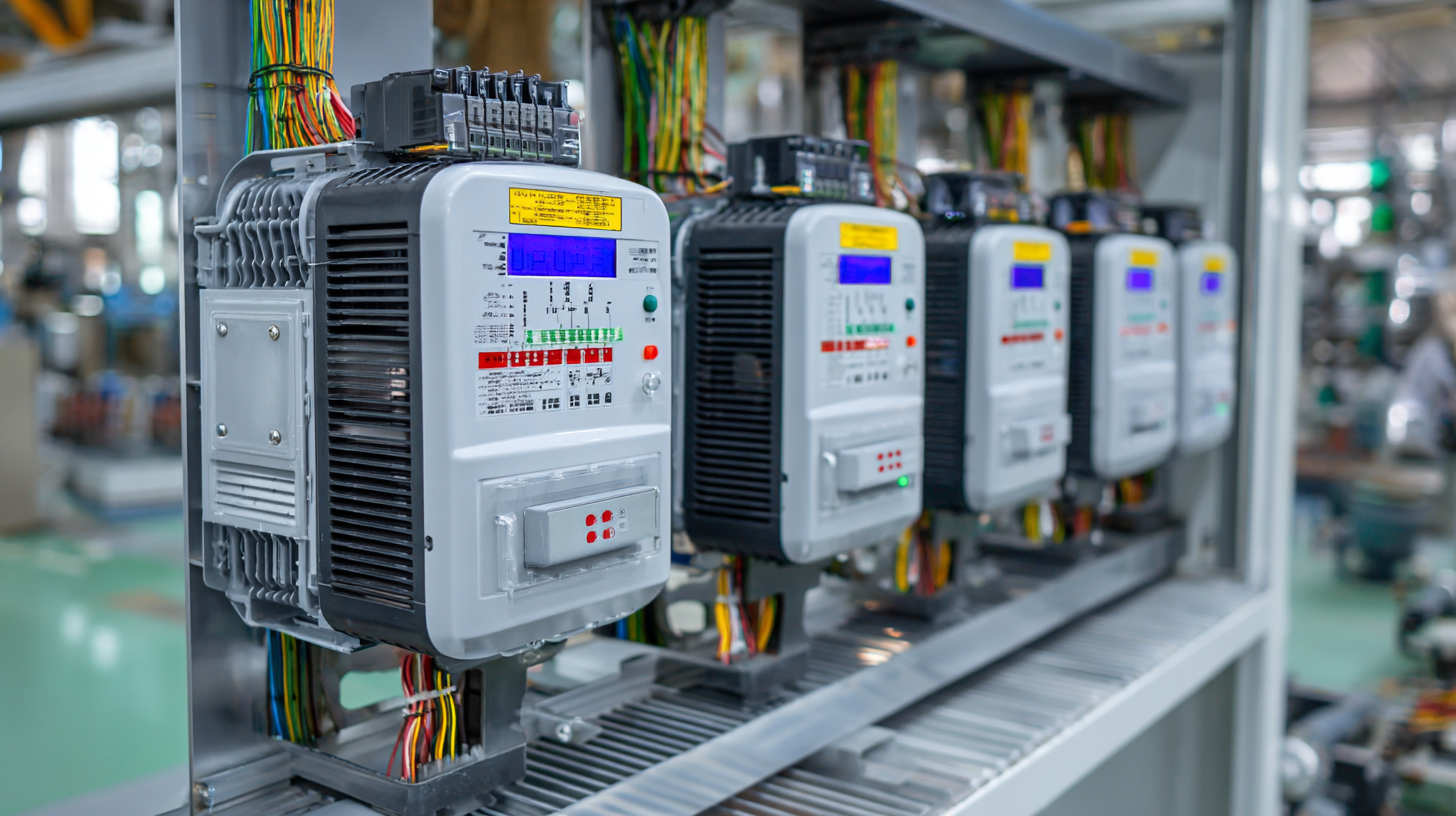
Another significant trend is the integration of smart technology into motor inverters. The rise of the Internet of Things (IoT) has enabled the development of inverters with advanced monitoring and predictive maintenance capabilities. A report from MarketsandMarkets highlights that the smart inverter market is expected to witness a CAGR of 14.2% from 2020 to 2025, fueled by the demand for renewable energy systems and grid stabilization. These innovations not only enhance operational efficiency but also contribute to sustainable practices in energy consumption, making them vital in today’s eco-conscious market.
Exploring the Environmental Benefits of Utilizing Motor Inverters in Industry
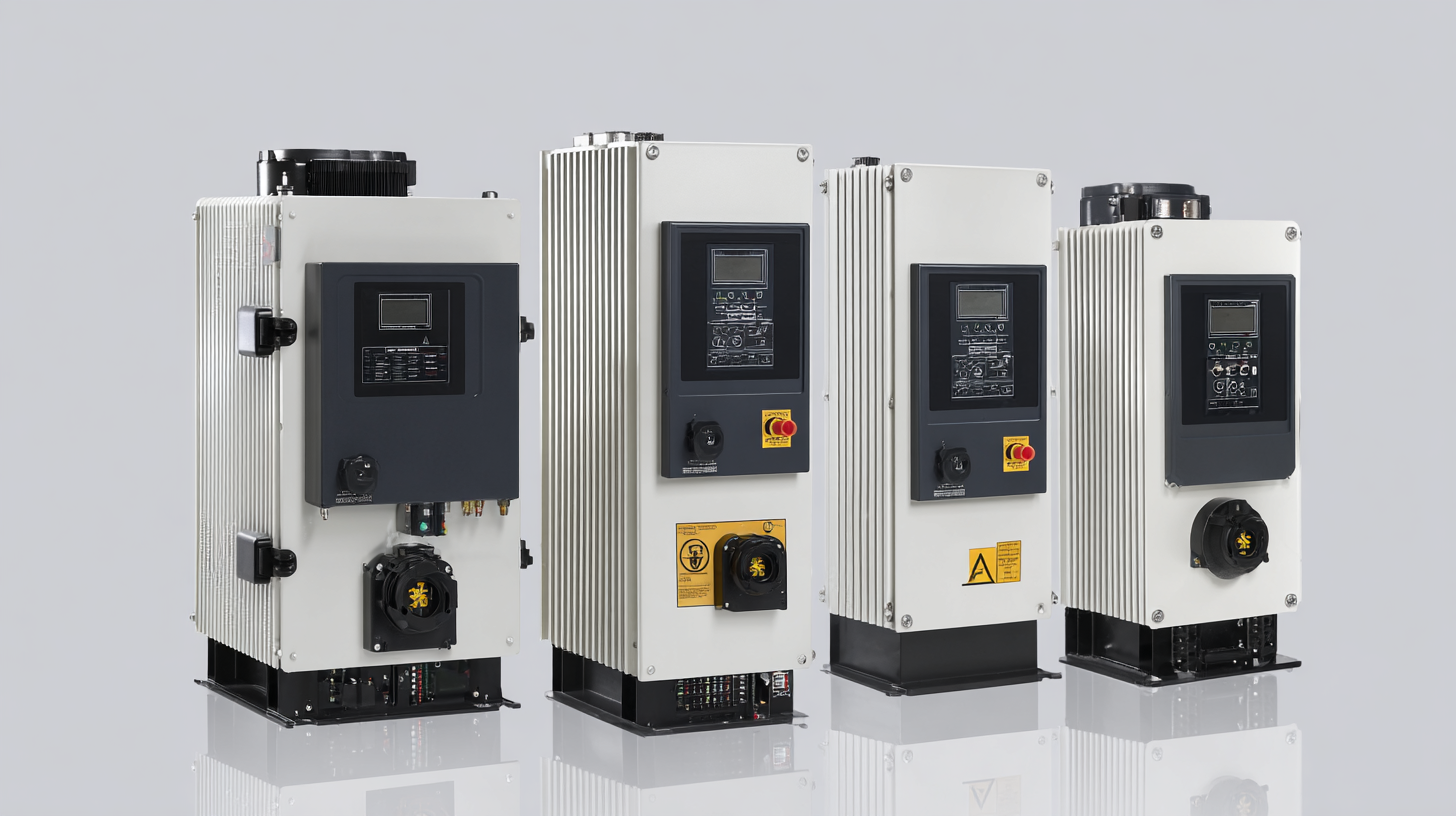 Motor inverters are becoming increasingly vital in industrial applications, notably due to their significant environmental benefits. By enabling efficient power conversion, motor inverters not only optimize energy use but also help reduce overall carbon emissions. This shift towards more sustainable practices is crucial as industries seek to meet stringent environmental regulations and corporate sustainability goals.
Motor inverters are becoming increasingly vital in industrial applications, notably due to their significant environmental benefits. By enabling efficient power conversion, motor inverters not only optimize energy use but also help reduce overall carbon emissions. This shift towards more sustainable practices is crucial as industries seek to meet stringent environmental regulations and corporate sustainability goals.
The integration of silicon carbide (SiC) technology into motor inverter designs is a game-changer. SiC-based devices enhance the performance and reliability of low-voltage industrial motor drives, paving the way for greater energy efficiency. These advancements lead to reduced energy consumption, directly contributing to lower greenhouse gas emissions. As businesses strive for sustainability, the adoption of these innovative technologies will play a critical role in transforming the industrial landscape and promoting eco-friendly operations.
Related Posts
-
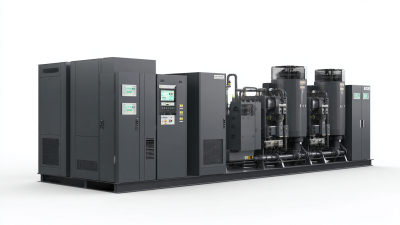
How to Select the Right Motor Inverter for Your Industrial Application
-
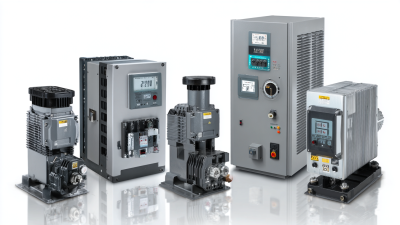
How to Choose the Right 220V VFD Single Phase for Your Motor Applications
-

7 Unique Benefits of Using Electromagnetic Brakes for Motor Applications
-

Top Strategies for Implementing EMI Filters in VFD Applications for Enhanced Performance
-
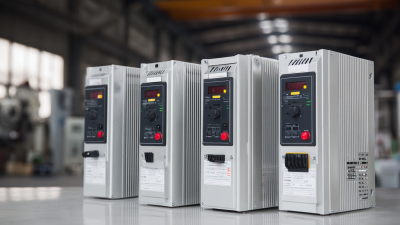
Discover How China is Revolutionizing Global Markets with Best 220v VFD Single Phase Solutions
-

10 Best VFD Controllers You Need to Know for Optimal Performance